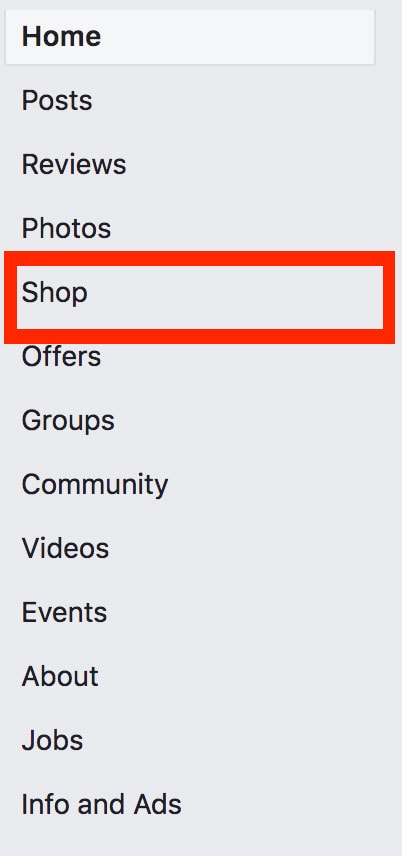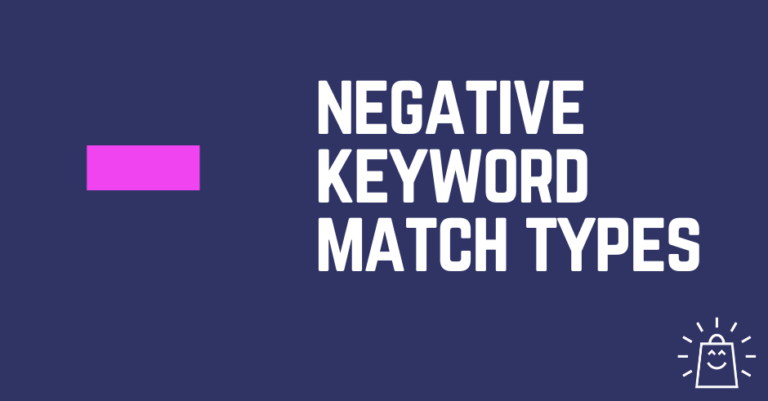
- Posted on
- • April 23, 2019
- Marketing Tips
- SEO

When eCommerce sales are low, some merchants are tempted to go straight to the top of the funnel to find a fix. This often leads to their site’s SEO becoming the scapegoat for deficiencies in other areas of their eCommerce strategy. If you are experiencing very little traffic, low bounce rates, and high conversion rates, then yes, your SEO practices could be to blame for your low sales numbers. Otherwise, it might be good to take a look at some other aspects of your site that could use improvement.
The following are some more likely reasons you’re not seeing the numbers you want.

1. Clunky User Interface
It won’t matter if your site gets two or two million visitors per day if none of those visitors can find their way around. The modern shopper is accustomed to seeing exactly what they’re looking for within seconds of landing on a page. If your site can’t keep up with this expectation, your potential shoppers are going to look elsewhere.
B2B sites are no exception to this phenomenon—wholesalers can no longer get away with an unfriendly, bare-bones UI. As Millennials advance into purchasing roles, sites that fail to cater to the preferences of these digital natives will be left behind. Online sellers need to invest in their digital presence if they want to stay competitive. Whether you sell to businesses, consumers, or both, your site needs to be accessible, highly navigable, and user-friendly.
2. Your Checkout Has Checked Out
Take a good look at your cart abandonment numbers. If your shoppers are leaving your site before completing their purchase, your checkout process may be to blame. Consider auditing the checkout experience to determine where users are falling off. Are there any potential distractions competing for user attention? Removing non-essential elements and potential escape routes will keep shoppers focused on finishing their purchase.
Streamlining your checkout experience is a good start, but it will only get you so far if you don’t offer a variety of popular payment methods. The modern shopper is used to having their choice of payment methods during the checkout process. A shopper who has the option to use a trusted payment gateway may be more inclined to complete a purchase than one who has to use an unfamiliar merchant’s payment processor. Cautious buyers might be tempted to abandon your site in favor of more convenient options if they don’t have the ability to use their preferred payment gateway. Updating your store to support popular payment methods can put potential customers at ease and minimize any perceived hassle they experience during checkout.
3. You’re Not Special (Yet)
From apparel to auto parts, no market is safe from Amazon and the other giants of eCommerce. These companies woo customers through omnipresence, extensive selection, and rock-bottom prices. Those are things that are simply not attainable for many independent retailers, making it impossible to stay competitive when all you have to offer is your products.
This reality has contributed to the rise of specialty retail eCommerce. A new breed of specialty merchants have burst onto the scene (and become extremely successful) by offering something more than products. These merchants aren’t selling anything new (mattresses, shaving razors, and socks have all received specialty treatment in recent years), they’re simply selling it better.
Successful specialty retailers become formidable by delivering something that makes buying from them truly unique and delightful. They offer things like curated subscription boxes, charitable purchase matches, and an engaged online fanbase that shoppers can turn to for advice. None of these are exclusive to specialty retailers—they’re just setting the trend. Whatever market you’re in, you can experience the advantages of specialization by defining or deciding what unique value you can offer relative to the rest of your market.
4. Bad SEO Tactics
If your site traffic has been drying up as of late, your store may have fallen victim to some bad SEO techniques. While most merchants don’t deliberately implement black hat strategies, even a handful of minor SEO “shortcuts” like keyword stuffing and lazy content adaptation can obliterate your reputation and rankings.
Fortunately, bad SEO strategies (even those that have been in place for a long time) can be undone with a combination of adherence to SEO best practices and dedication to user experience. Once you have your technical SEO in order, make sure you’re delivering the content that searchers are actually looking for. Find out what your ideal shopper wants to see when searching for and arriving on your site and make this the foundation of your eCommerce SEO strategy.
5. Your Design Isn’t Up to Scratch
Millennials may be calling the shots, but their stereotypical love for all things vintage does not extend to the digital world. An ugly and outdated site won’t cut it in today’s eCommerce climate. The largest players in every market are constantly redesigning to make their sites more user-friendly, responsive, and beautiful.
That might sound intimidating, but independent merchants don’t need to overhaul their entire site on a regular basis to remain competitive. Online sellers can see great results with clean, functional, and adaptable designs that only require occasional updates and improvements. Partnering with an experienced web design agency is a good first step for any merchant looking to upgrade their site design.







![7 Best Warehousing and Fulfillment Services + How to Choose One [2022]](https://thegateway.net.au/wp-content/uploads/2022/10/7-best-warehousing-and-fulfillment-services-how-to-choose-one-2022-768x402.png)